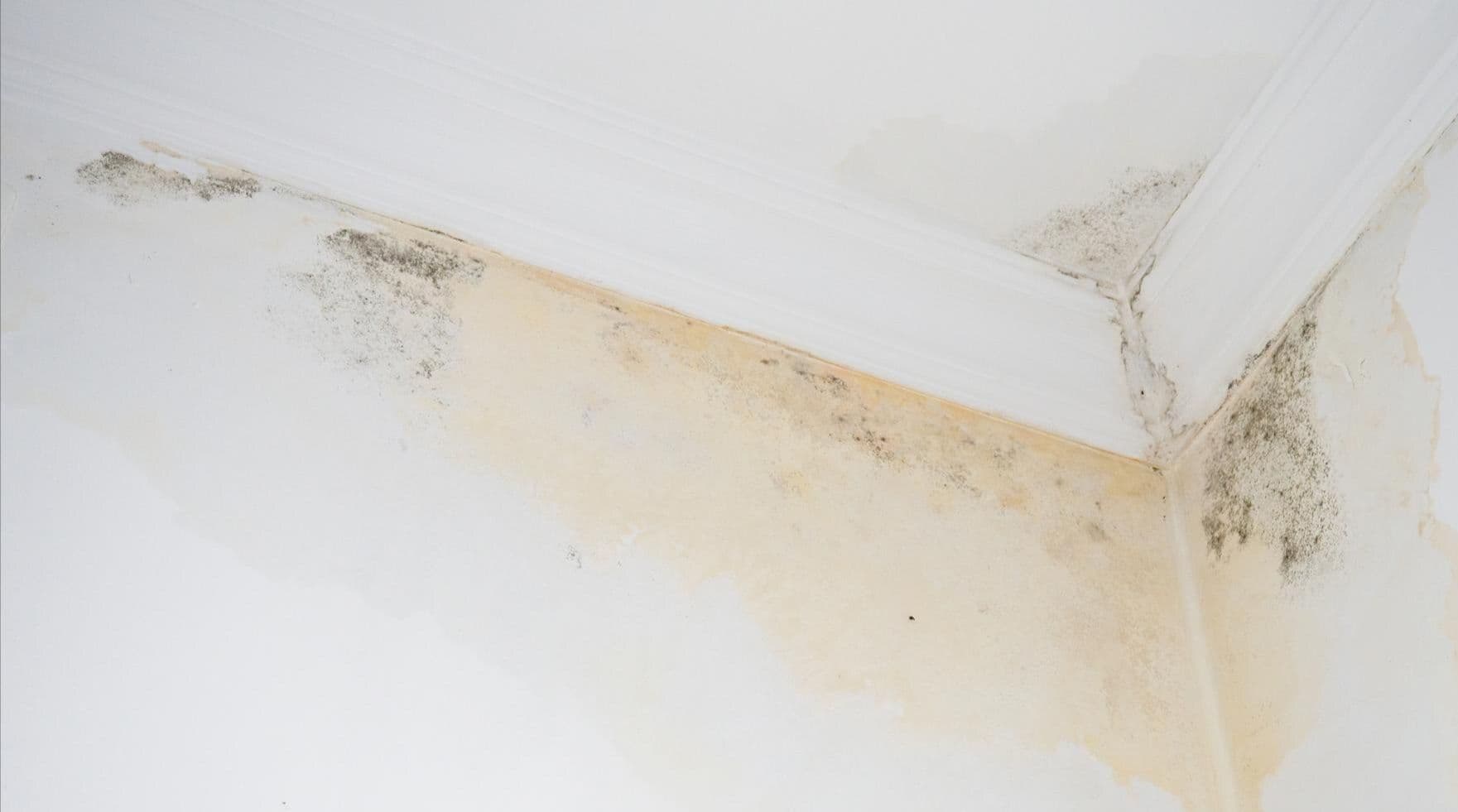
How Can You Tell Your Roof Is Failing?
The Top 9 Signs Your Newton, New Jersey Home Is Suffering From Roof Failure
Below Are Roofing Issues To Look Out For
A homeowner has noticed something is wrong with their ceiling. They’ve seen a stain in the upper corner of their living room, but are unsure why. Unbeknownst to them, they need a full roof replacement for their Newton home.
Various indoor and outdoor signs indicate the roof has suffered severe failure. Separately, each of these signs may not be caused by roof damage. However, together they could mean that you need a complete roof replacement.
RJW Exteriors has worked on local homeowners' roofs for three decades. We know the signs that indicate a roof is failing and needs to be replaced. Read on to learn what signs indicate your roof might suffer severe damage.
Why Is Spotting Roof Failure Signs Important?
While great for gardening and crops, the April rains aren’t so good for your home. There are plenty of opportunities for water to infiltrate via your damaged roof.
Spotting roof issues is vital to keep your home protected from the elements. Our homeowner with the damaged ceiling is a good example of how water from above can harm the rest of your house.
Water damage can also lead to the growth of mold and mildew, which can harm your health and cause additional structural damage to your home.
Spotting roof damage helps you keep ahead of seasonal rains and prevent further damage. The sooner you begin your complete roof replacement, the less damage there will be to your home.
Signs Your Roof Is Failing
The average asphalt shingle roof lasts up to 30 years, and plenty can happen during that time. Specifically, there are nine signs of roof failure to watch out for.
We began this article with an indoor symptom of roof damage, so we’ll start our list that way, too. Beginning the list of ten roof failure signs is:
1. Water Stains
Water stains are discolored spots, often brown or yellowish, on ceilings and walls. The discoloration means water buildup is coming from somewhere – note that it may not be from a roof leak.
The moisture could come from high indoor humidity, siding damage, or poor ventilation. You should ask during your next roof inspection. However, moisture is more likely to come from a roof leak when combined with…
2. Damp Spots
Damp spots after rain may indicate your roof is leaking. The water stains may worsen within days, especially during particular rainy periods, such as April or storms.
3. Mold Growth
Mold spores need water to grow. The odds are that if you see mold grow on your walls or ceiling, a readily available, constant water source is nearby. Mold thrives in moist places. Mold commonly grows around water stains.
4. High Energy Bills
Roof damage can make your home less energy efficient. Water weakens your insulation, which makes it less effective at trapping hot and cold air. Wet insulation increases cooling and heating bills because your HVAC system must work harder to maintain comfortable temperatures.
5. Missing Shingles
Missing shingles are more than an aesthetic issue. They also leave your roof vulnerable to water infiltration.
Shingles are the first line of defence between your home and the elements. If they’re missing, you can end up with situations like our aforementioned homeowner with the corner water spot.
6. Damaged Shingles
“Damaged” refers to cracks, curled edges, and bald spots. Cracked shingles are weakened due to years of weather exposure. Curling shingle edges can mean that your roof deck is weakening, which is a problem in itself.
“Bald spots” mean missing granules, which help protect your shingles from damage. Without them, the elements can accelerate degradation. All three of these issues can allow moisture infiltration into your home, which may lead to water damage.
7. Sagging Roof Deck
A sagging roof can be caused by several things. One potential reason is excessive weight, which can come from snow, falling debris, or improperly installed new roofing layers. Leaks or poor ventilation can cause the decking to rot and lead to sagging.
The framing could have structural issues, such as improper construction and insufficient rafters. Regardless of which issue it is, a sagging deck indicates roof failure.
9. Damaged Flashing
Flashing protects your roofing by keeping water from infiltrating around the chimney and other areas where parts of your roof meet. Damaged flashing makes it easier for moisture to enter your house, causing leaks.
Who Can You Trust To Help Protect Your
Home From Roofing Damage?
The average asphalt shingle roof lasts only up to three decades, so many homes in the Northern New Jersey area likely need full roof replacements due to years of abuse. But who do locals trust to help protect their homes from roofing damage?
RJW Exteriors has replaced roofs for Newton, NJ, locals for three decades. We’re highly skilled at what we do, and you can be assured that your new, high-quality roof will be well-installed and ready to protect your home for years to come.
Do you want to get started on your complete roof replacement? Visit us online to schedule your quote today!
